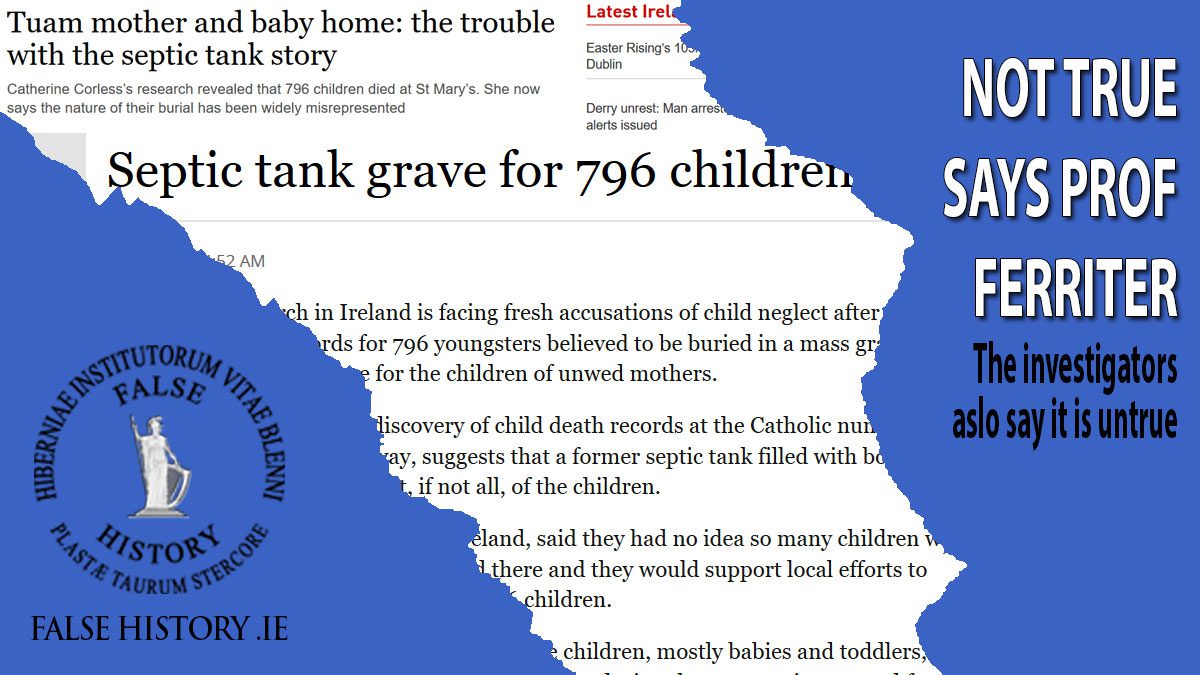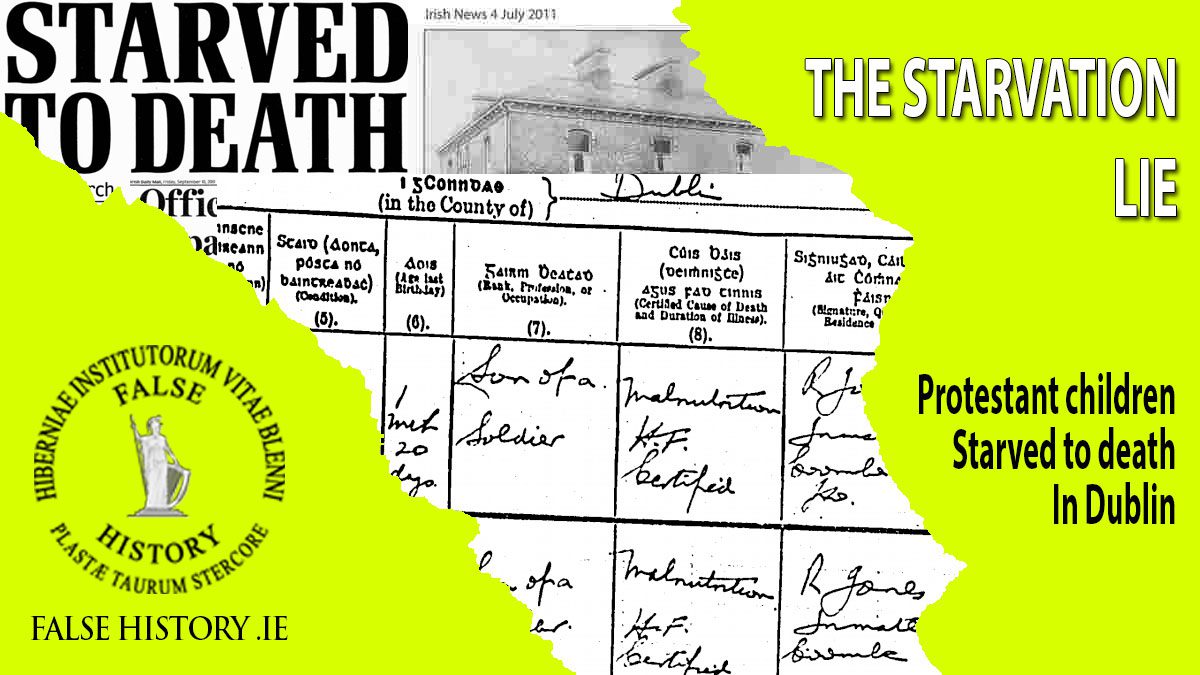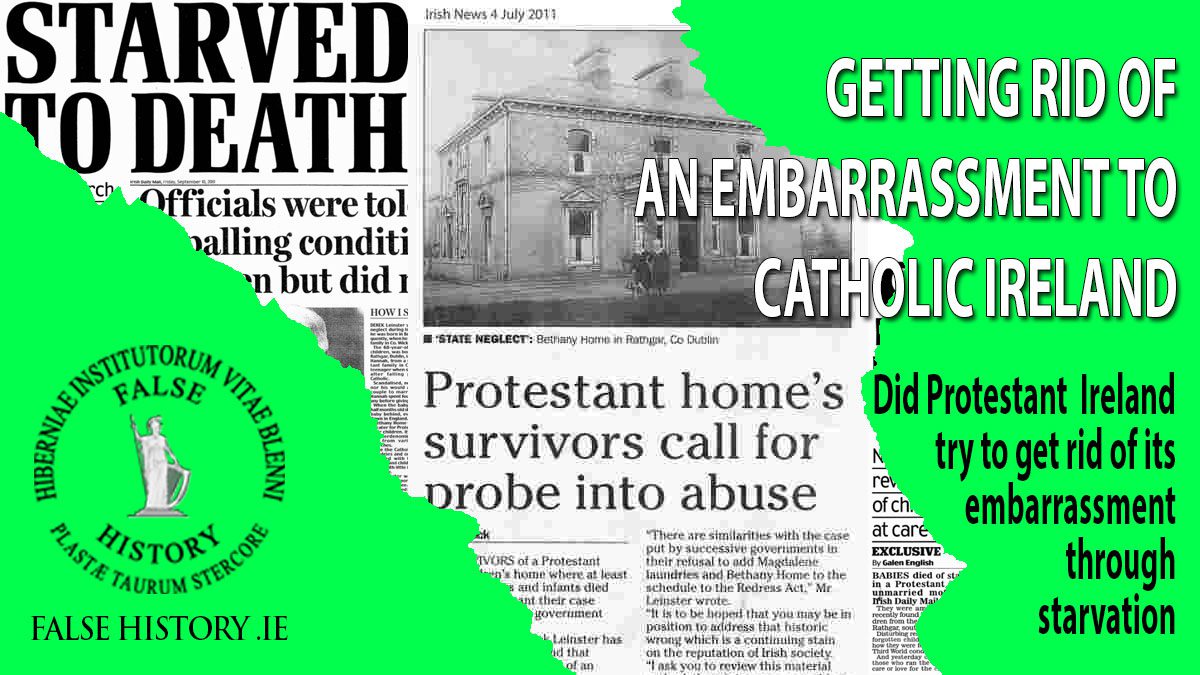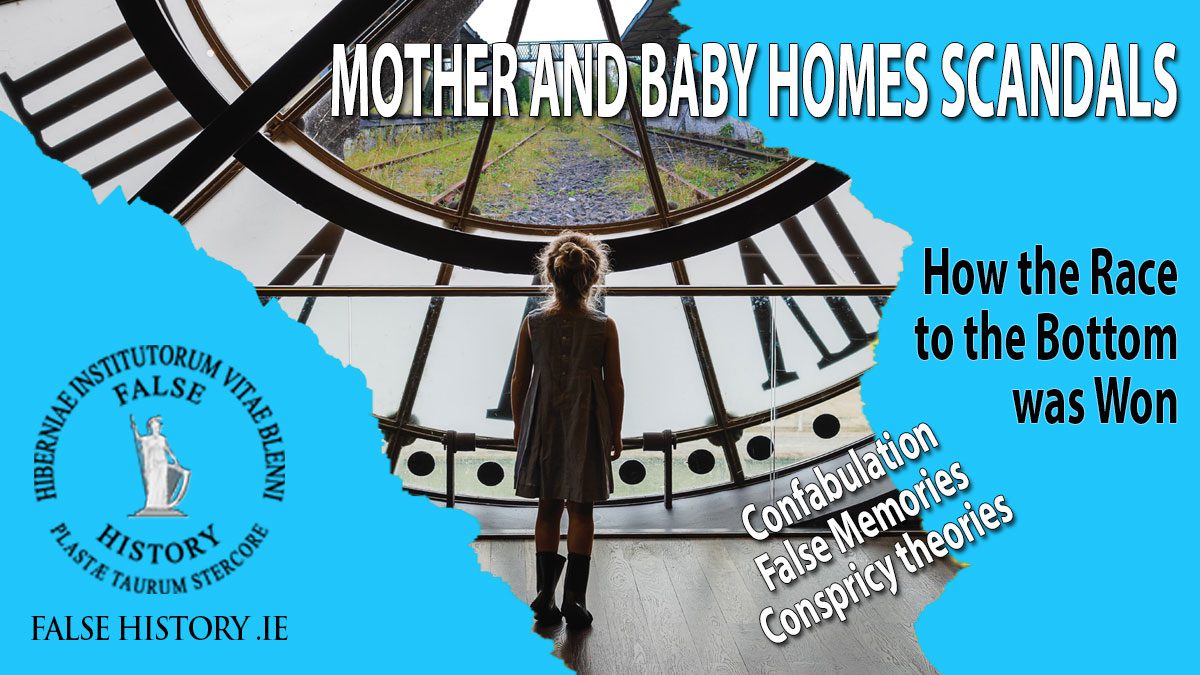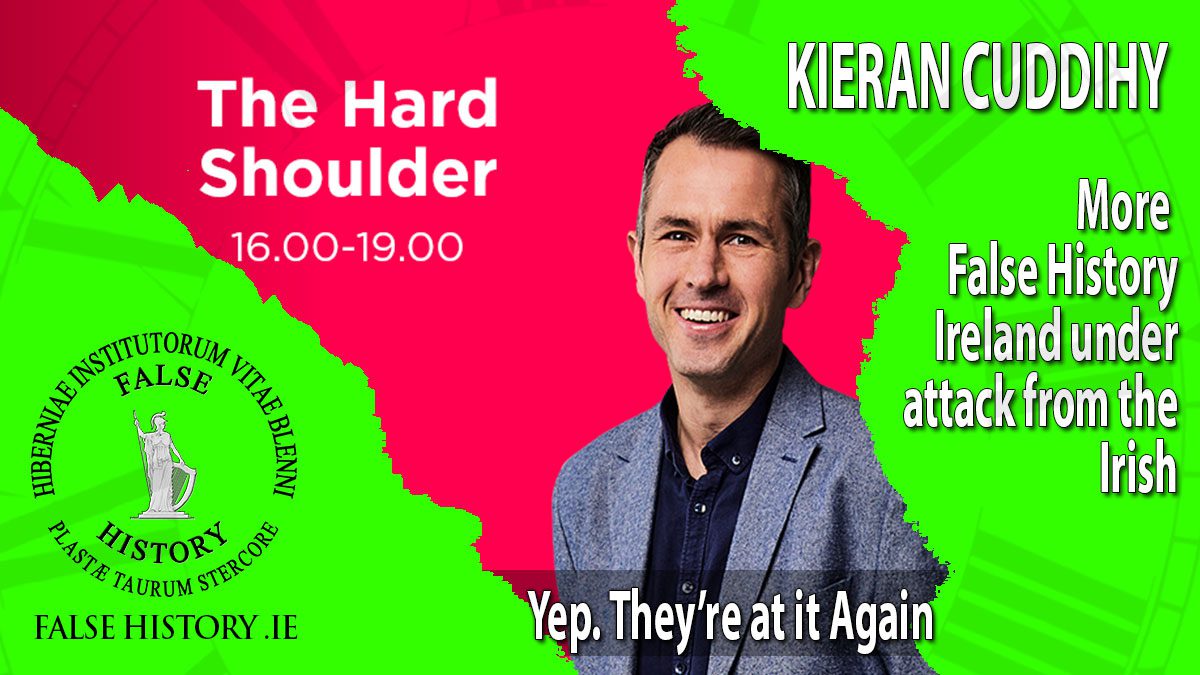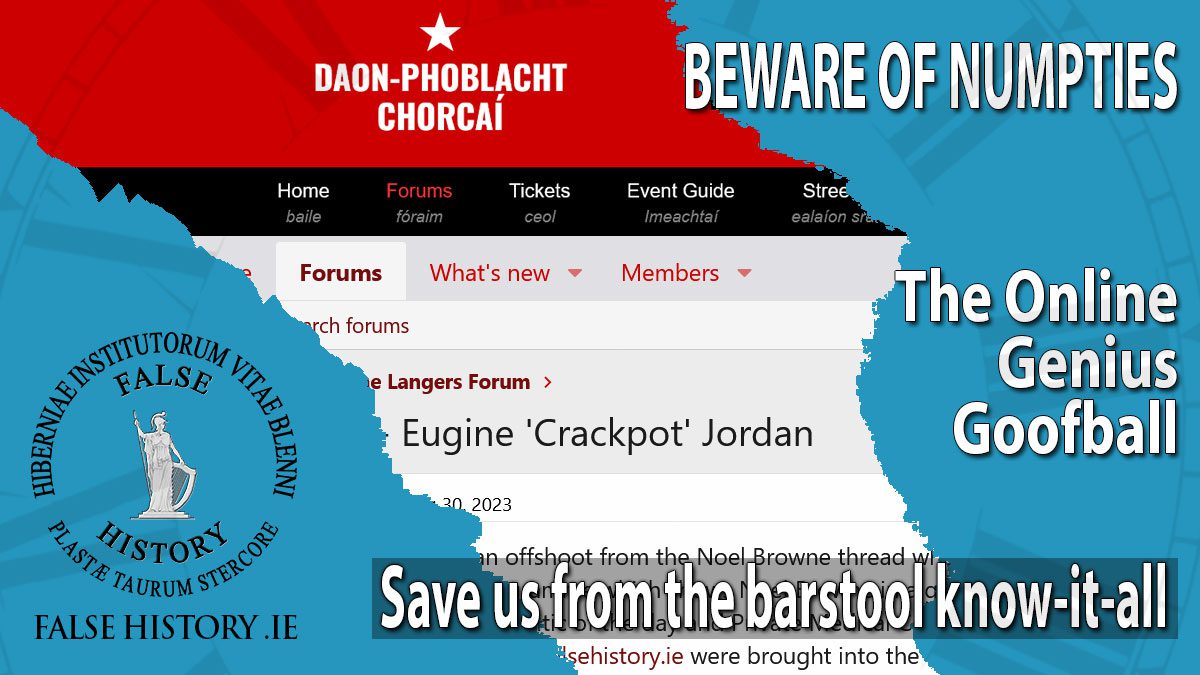A classic of the genre – At first glance, this appears to be a troubling story of a woman, Paula Gahan, now a comedian living in London, who was, or thinks she was sexually assaulted after going on a major alcohol bender.
Dumped in a septic tank!
‘This erroneous assertion that 800 bodies were dumped in a septic tank. That is not true’. Prof Diarmaid Ferriter – van der Horst interview 2014…
The Mass Grave Lie
Would you consider your local cemetery to be a mass grave, perhaps an old burial ground with no headstones or grave markers? The term mass…
The Mother and Baby Home Lie
The home at Tuam was never called a Mother and Baby Home. Its official name was St. Mary’s Children’s Home and in all the historical…
The Unmarked Grave Site Lie
Almost every photo taken of the memorial garden where some children from the Tuam Children’s Home are buried show a gate with a Christian cross…
The Starvation Lie
The chief lie upon which the mother and baby scandal relies upon is the claim that babies were starved to death. This relies on a…
Getting rid of an Embarrassment to Catholic Ireland!
Soon after the Tuam story went global in 2014, University College Dublin’s Professor of Modern History, Diarmaid Ferriter, wrote ‘the State and Church colluded to…
Mother and Baby Homes
It has been called a holocaust, a mass murder of babies, with fantastical tales of abuse that have been imagined by a small, but influential,…
Kieran Cuddihy facilitates Pseudo History
Dear The Hard Shoulder Team, I am writing to express my deep concern and disappointment regarding the recent episode of The Hard Shoulder, aired on…
Halfwit’s Misadventures: The Chronicles of Comical Cluelessness
Some people make a rock look like a genius but wear the armour of anonymity to avoid exceeding their quota of real-world ridicule. I see…

